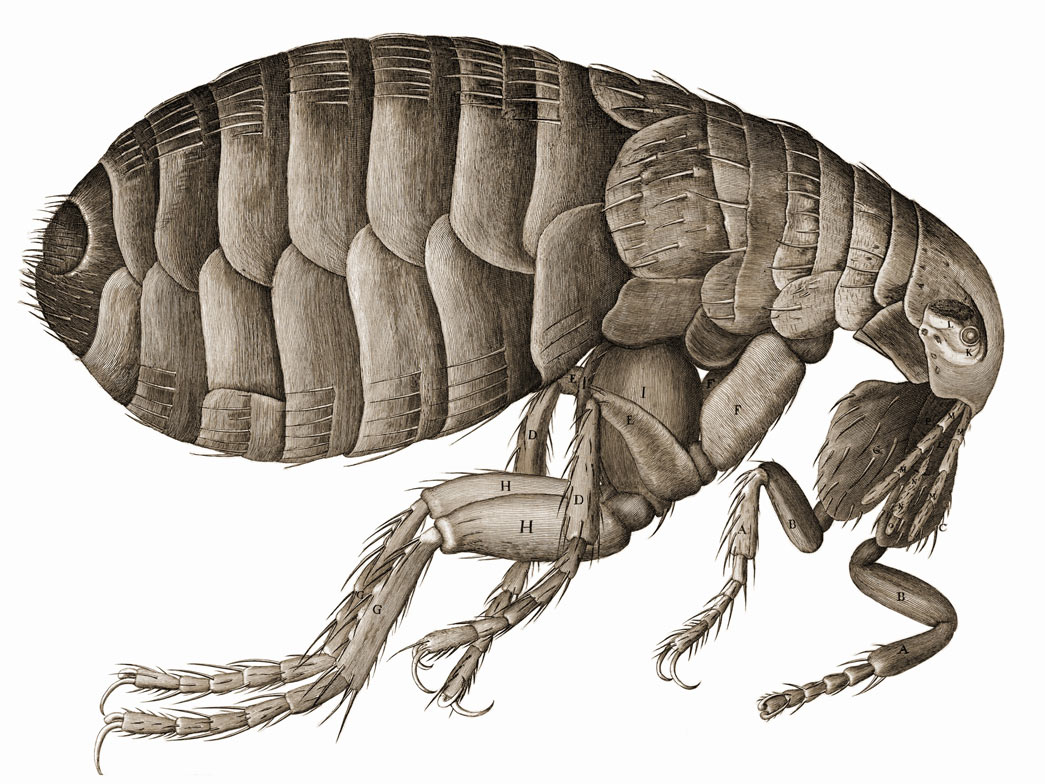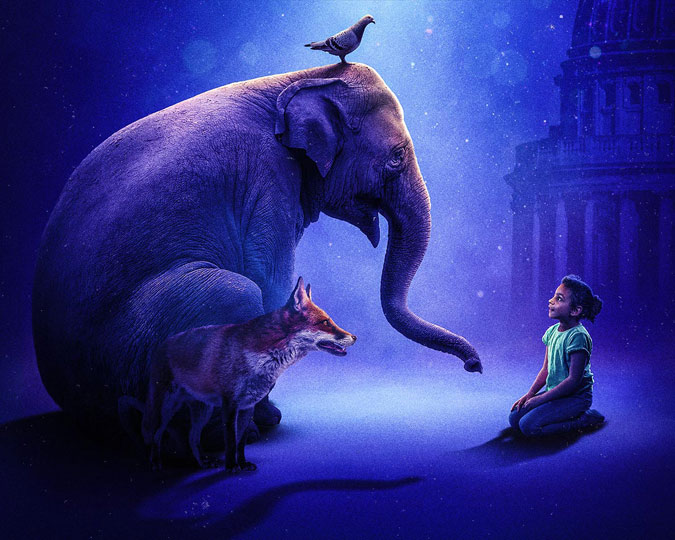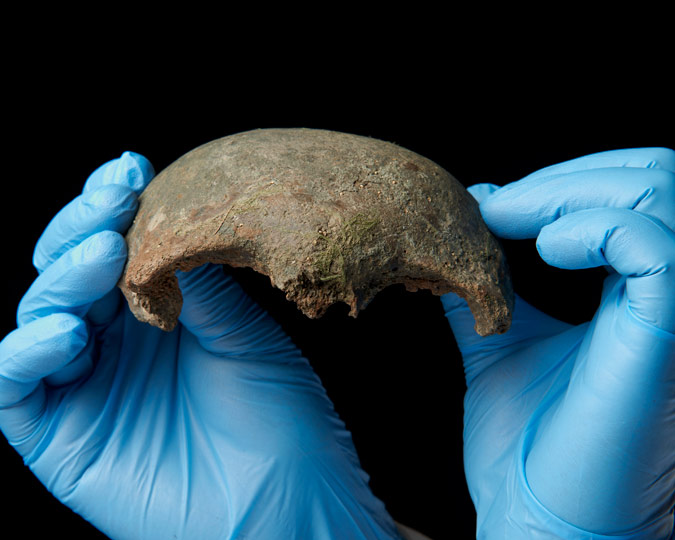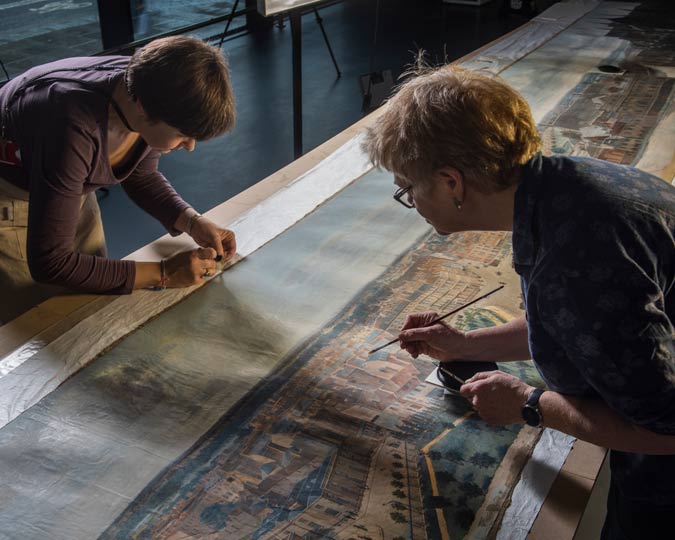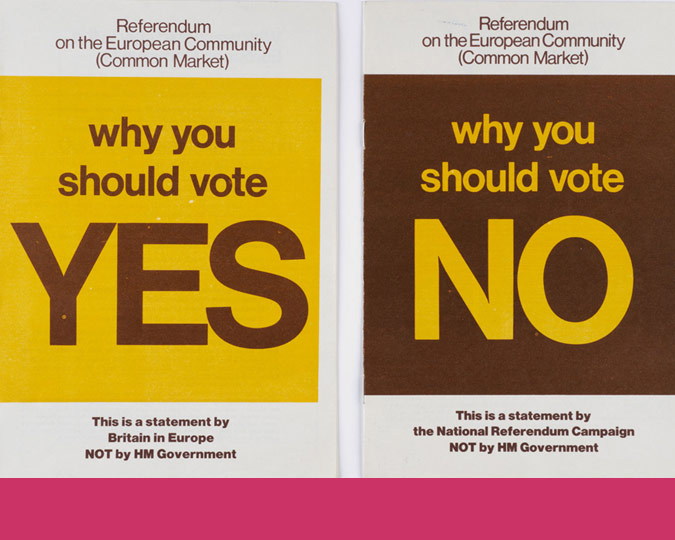Beasts of London, our immersive trip through time narrated by animals old and new, opens 5 April. Discover the creatures you'll meet in Beasts of London and the famous voices bringing them to life.
Beasts of Londinium
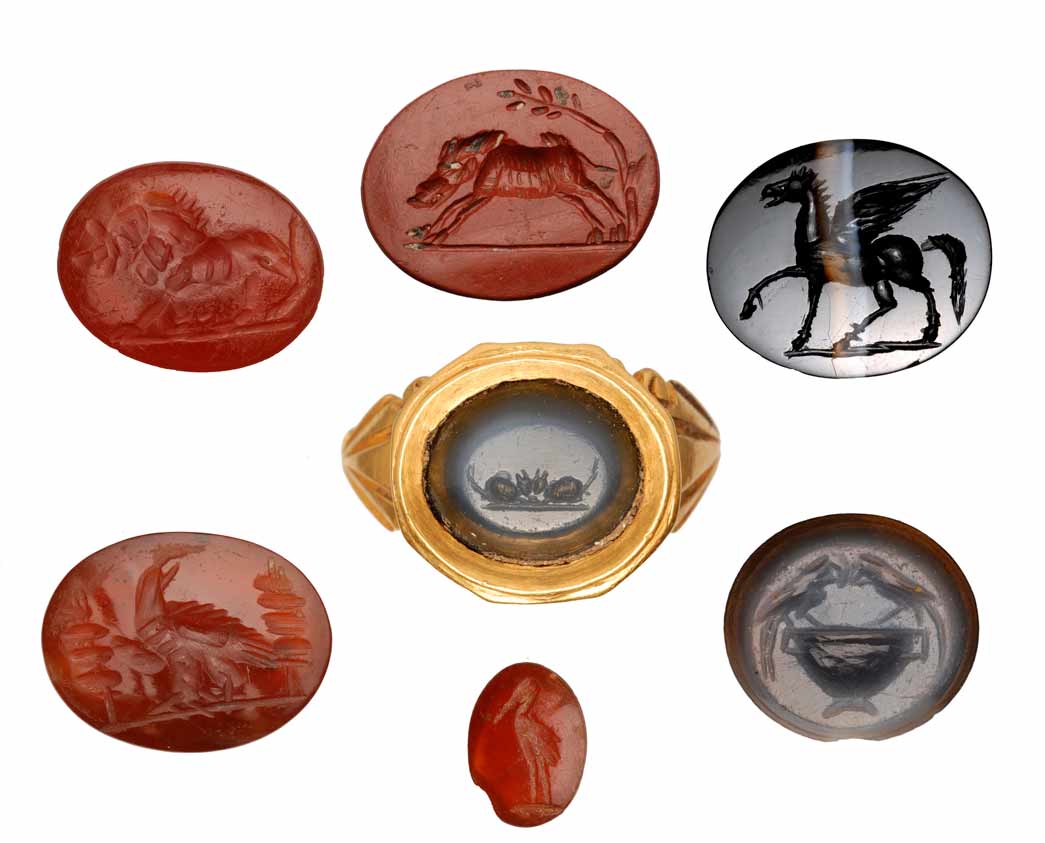
Selection of Roman intaglios, 43-410AD
Showing a variety of animal inscriptions, including wild boar, small mice, parrots, herons and eagles.
Pam Ferris plays Aquila the Eagle
The Roman invaders of Britain were the first people to build a city on the site of modern London: they founded Londinium, and brought many beasts with them.
These Roman engraved gems show some of the many animals that lived in Londinium, or were imagined by wistful Romans far from home. The centre ring shows a pair of mice, and other animals like wild boar, a winged horse, parrots, a heron and a lion are arranged around it. On the bottom left is an eagle, flanked by two Roman military standards.
This is Aquila the Eagle, voiced by much-loved actor Pam Ferris, your guide to the Roman city. Aquila was the symbol of Roman victory, and stood on the top of the standards that the Roman legions carried into battle.
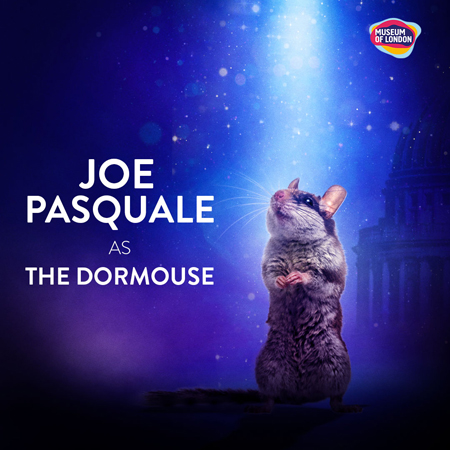
Joe Pasquale plays the Dormouse
Of course, the Romans didn't only introduce London to mighty animals like the eagle and the lion. They also brought more humble beasts, including some poor animals who were destined for the inside of a cooking pot. For example, the Romans released the now-common rabbit into Britain, so they could hunt it for meat.
Comedian, actor and former King of the Jungle Joe Pasquale voices the Dormouse. He'll be showing you the grimy underside of Roman Londinium, from a mouse's-eye view. The Romans raised this species of rodent for a very particular reason, giving it the name edible dormouse. Uh-oh!
The Romans captured these tasty little dormice, keeping them alive on a rich diet, fattening them up so they could be eaten as a snack. The Romans even had a special terracotta pot, called a glirarium, with polished walls so the dormice couldn't escape. The museum's collection doesn't contain any of these fattening vessels, but we do have lots of pots, ceramics and knives that came from kitchens in Roman London.
Dangerous beasts
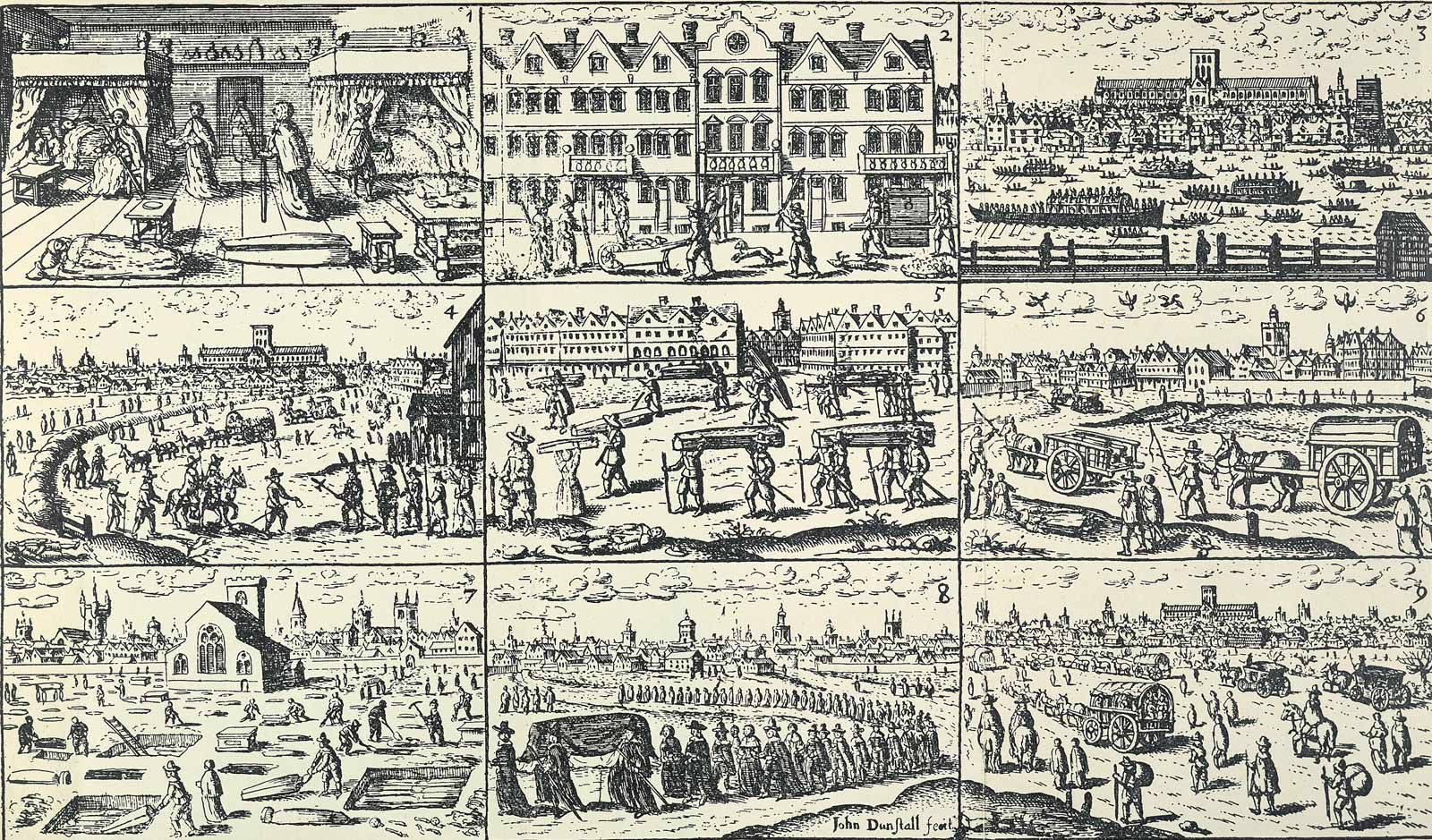
Woodcut with nine plague illustrations, 1666
From a broadsheet listing those killed in the Great Plague of 1665.

Angellica Bell plays the Rat.
London has been home to bears, lions and elephants, but the most life-threatening beasts are much smaller and more subtle. Some animals carried disease into the city. The most deadly of these was the bubonic plague. In just one year, 1665-66, the Great Plague killed 100,000 people: that was almost a quarter of London's population. But which beast was responsible?
Presenter Angellica Bell voices the Rat, one of the many thousands of rodents infesting London in the 17th century. Londoners suspected animals of spreading the plague: first they blamed cats and dogs, killing many of them. That removed the predators of the swarming rats. But it wasn't the rats themselves who spread the plague...
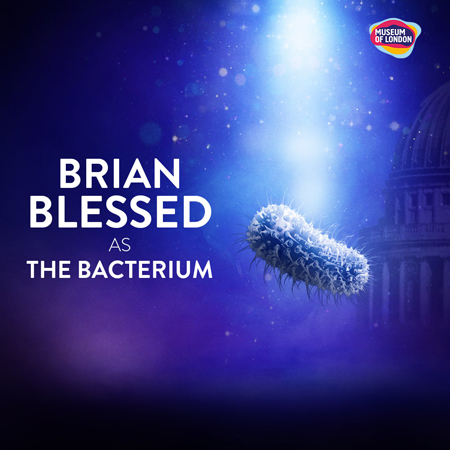
Brian Blessed plays the Bacterium
We know now that it was the biting of fleas, carrying infected blood in their stomachs, that spread bubonic plague. Modern research suggests that these fleas might have jumped straight from humans to other humans, and that even the rats might have had nothing to do with how the bacterium infected new victims. Speaking of bacteria...
Renowned actor Brian Blessed plays the sinister Bacterium, smallest beast of London and the true source of the Great Plague. Cat, rat, flea and bacterium will take you through the story of the sickness that ravaged the city just before the Great Fire of London.
Beasts of burden
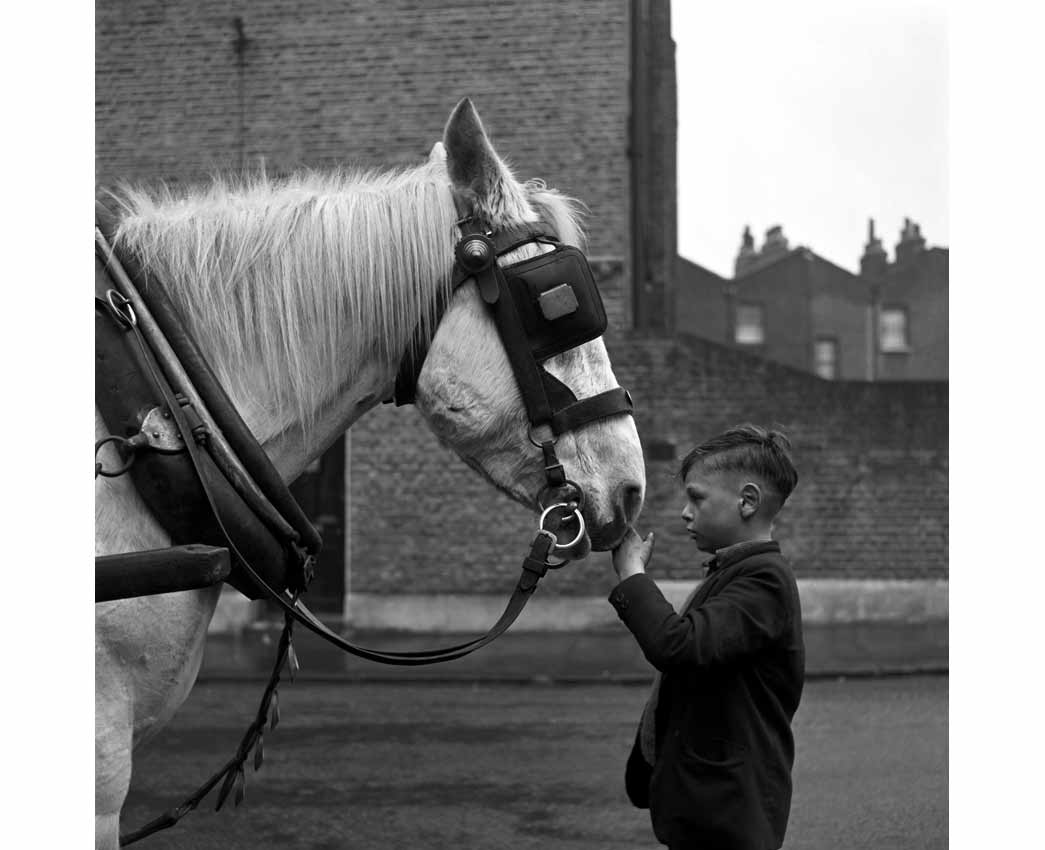
A young boy strokes the nose of a horse standing in harness in the street, 1953
Frederick James Wilfred.
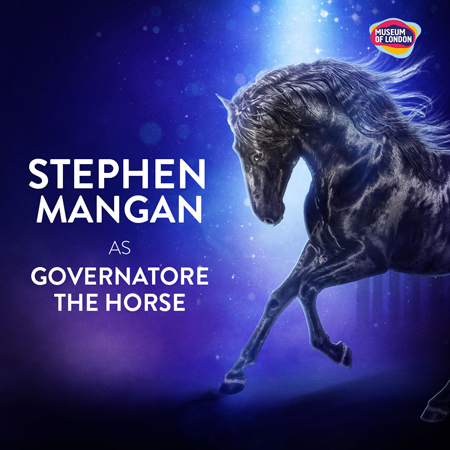
Stephen Mangan plays Governatore the horse
For thousands of years, the fastest way to get around London wasn't car, train or bicycle, but on horseback. Horses have been seen on the city streets for as long as there's been a city here, and some of the most famous of them make a guest appearance in Beasts of London.
Comedian and actor Stephen Mangan voices Governatore, favourite horse of King Henry VIII. Governatore was a gift to the Tudor king from Francesco Gonzaga, Marquis of Mantua, a famous breeder of horses. After seeing Governatore perform, Henry declared that this was “the best horse” and patted the horse's neck, murmuring “So-ho, so-ho, my minion.”
Henry rode Governatore when he was hunting, in processions, and in the splendid and dangerous jousts at tournaments. But not all of London's horses got to live such a glamorous life. Most were hard at work, pulling carriages, transporting coal, or carrying soldiers.
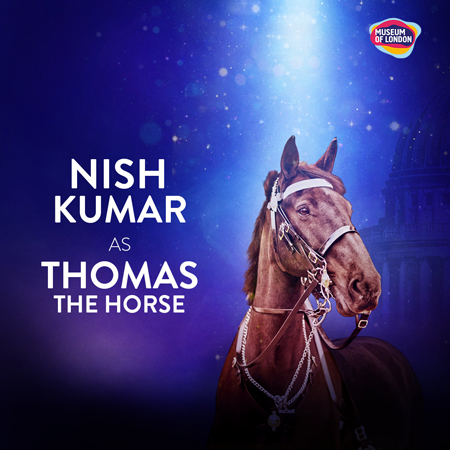
Nish Kumar plays Thomas the Horse
Stand-up comedian Nish Kumar plays Thomas, one of London's military horses. Thomas was a steed in the Household Cavalry, a mounted regiment of the British Army. He performed regularly in military displays and royal processions in the capital, such as trooping the colour to celebrate the Queen's Birthday. Over nearly twenty years of service, from 1993, he became famous for "kissing" friendly soldiers with his slobbering lips.
Thomas the Horse's last performance was at Queen Elizabeth's Diamond Jubilee in 2012, but he's left a permanent mark on London: Thomas was chosen as the model for a sculpture of a warhorse, now on display in the Animals In War memorial in Park Lane.
The Beasts of Modern London
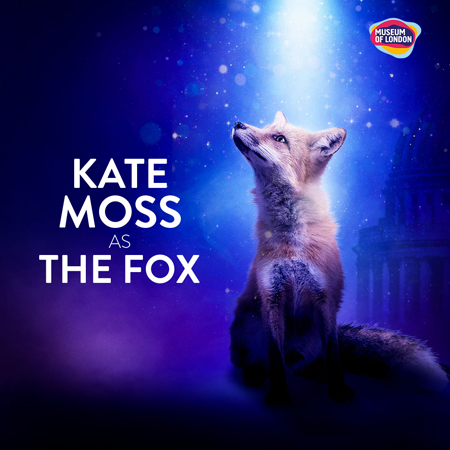
Kate Moss plays The Fox
The Beasts of London will guide you right up to the present, meeting the animals who live here today. Modern London may not be filled with working animals any more, but it is packed with everything from pets to pigeons. The museum's collections chronicle those changes, showing how the drastically changed landscape of the city has forced animals to adapt, and how humans have come to see animals as more than food or tools.
Kate Moss, the accomplished business woman and supermodel from London, voices the Fox, your guide to the wild beasts that still live in the city. Peregrine falcons, escaped parakeets, and squirrels, badgers and deer in London's parks. Beasts of London reminds us that humans still share the city with animals, and they have much to tell us.
These are just of a few of the stories waiting to be heard in Beasts of London. It's an immersive, family-friendly experience, open from 5 April. You can book your tickets now.
Beasts of London is inspired by objects in our collection and created in partnership with the Guildhall School of Music & Drama.








